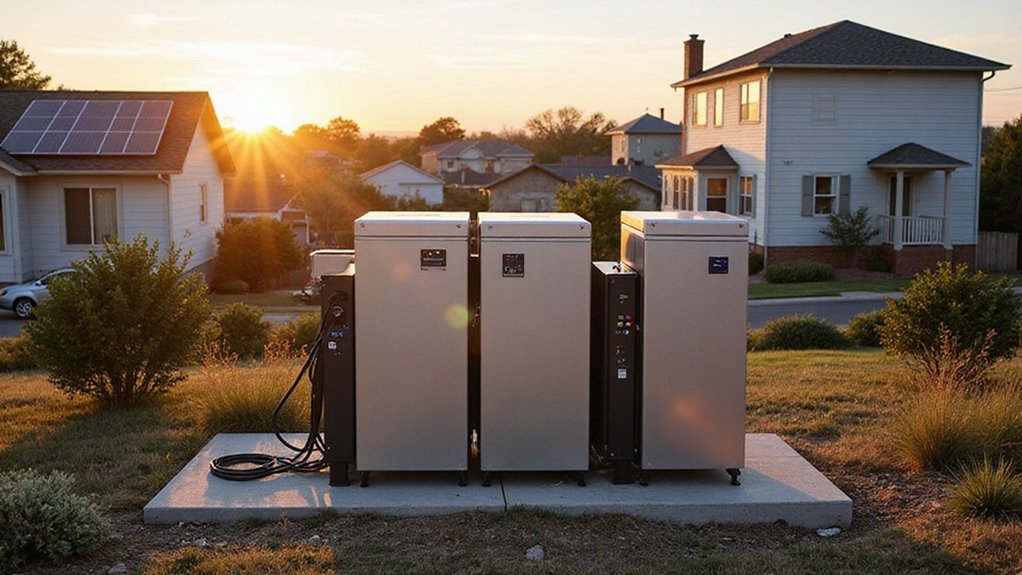While most buses still rely on diesel fuel, Tasmania has taken a bold step toward a cleaner future. In August 2025, three hydrogen electric buses began service in Hobart as part of a Zero Emission Bus trial. These special vehicles don’t spew smoke or fumes – they emit only water vapor from their tailpipes.
The buses, supplied by Foton Mobility Distribution, run on electric motors powered by batteries. What makes them unique is how those batteries get charged. Instead of plugging into the grid, they use hydrogen fuel cells on board. These cells convert hydrogen into electricity, leaving water as the only byproduct.
Instead of plugging in, these innovative buses create their own electricity using hydrogen, producing nothing but clean water vapor.
Tasmania’s approach is especially green because they make the hydrogen locally. At Metro Tasmania’s Mornington depot, a 700 kW electrolyser splits water molecules using Tasmania’s 100% renewable electricity. This process creates up to 262 kg of “green hydrogen” daily – enough to keep the buses running on multiple Hobart routes.
The refueling system, built by H2H Energy, allows buses to quickly fill up and return to service. This technology delivers hydrogen at high pressure for efficient storage on the vehicles.
This two-year trial serves several important purposes. It gathers real-world data about how hydrogen buses perform in Tasmania’s climate and terrain. This information will help decide if more zero-emission buses should join the fleet in the future.
The project also supports Tasmania’s ambitious goal to reach net-zero emissions by 2030. By testing hydrogen in public transportation, the state is working to cut carbon pollution from one of its most energy-intensive sectors.
Several partners made this possible, including the Tasmanian Government, Metro Tasmania, Blue Economy CRC, and H2H Energy. The Department of State Growth has also provided significant support to ensure the trial’s successful implementation. Their collaboration demonstrates how public agencies and private companies can work together on clean energy solutions.
Despite the project’s environmental promise, the initiative faces challenges as hydrogen fuel cells typically operate at low efficiency rates compared to direct battery electric vehicles, converting only 40-60% of energy into usable power.
The buses also feature regenerative braking technology that captures energy when the vehicle slows down, further enhancing their efficiency and range.
As these water-exhaling buses travel Hobart’s streets, they’re not just moving passengers – they’re moving Tasmania toward a sustainable transportation future.
References
- https://bus-news.com/tasmania-hydrogen-electric-buses-start-service-in-hobart/
- https://www.hydrogenfuelnews.com/green-hydrogen-buses-hit-hobart-streets-tasmanias-zero-emission-bus-trial/8572531/
- https://www.globalhydrogenreview.com/hydrogen/18082025/metro-celebrates-hydrogen-buses/
- https://www.sustainable-bus.com/news/foton-fuel-cell-buses-tasmania/
- https://hydrogeneurope.eu/hydrogen-buses-hit-the-road-in-tasmania-with-local-refuelling-tech/








